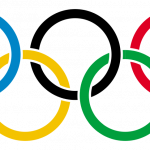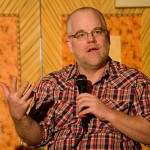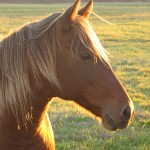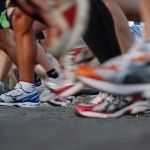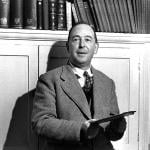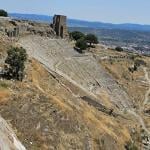Every week in The Kiddy Pool, Erin Newcomb confronts one of many issues that parents must deal with related to popular culture.
Children are natural artists and scientists; indeed, it seems to me that children, unlike so many of us grownups, rarely see the distinction between art and science. When left to their own devices (and that, perhaps, is key), children explore, investigate, and discover the world around them in all its beauty and complexity. Somewhere along the way, most of us lose that as we mature. Our pace quickens and our eyes glaze and we no longer think of a feather as a treasure. Svjetlana Tepavcevic wants to challenge that perception, and she uses her artwork to inspire and provoke audiences to recognize “that there is so much complexity in nature everywhere around us, complexity we do not or cannot observe.”
I came across Tepavcevic’s work in Wired magazine’s gallery of her seed photographs; using a scanner, Tepavcevic collects seeds (some from hiking trails, some from her lunch), cuts them in half, and scans the image of the seed. The cross-section illustrates both the beauty and complexity of the natural world, and her images impart a sense of wonder that such small beginnings can blossom forth into the magnificent natural landscape that so many of us fail to notice. The images are beautiful in their own right, yet they become even more so when I stop to contemplate their potential. I can’t help but think about the theme throughout scripture that all of creation testifies to the existence, the creativity, and the beauty of God.
Most of the hiking trails we frequent enforce strict “no pick” policies; patrons are asked not to leave anything and not to remove anything from the area because such interventions can upset the delicately-balanced ecosystem. That precludes us from Tepavcevic’s practice on the trails, but we could easily apply it at the local playground, and even in our own yard. My daughter often hands me leaves, stones, flowers, sticks, and yes, seeds, to put in my pockets when her own start to overflow. Perhaps next time I will bring the collection indoors instead of banning it on the back porch. We could replicate Tepavcevic’s scanner-art with our own findings, exploring the ways that nature and art reflect each other—and both reflect back on the Creator.
I seldom think of myself as an artist or a scientist, since neither of those is my profession and I do not hold a degree in either one. My three-year-old is unlimited by such false classifications; no one has tainted her yet by persuading her to the belief that examining the natural world requires some kind of credentials. Tepavcevic’s beautiful seed photos ask only for appreciation, a sense on the part of the audience that ordinary objects contain extraordinary beauty. Her project captures my imagination not for its utility but for its aesthetic perfection, wrought by God’s hands and brought to the forefront by her artistic sensibilities.
Tepavcevic doesn’t ask her viewers to replicate her project (though I might try with my daughter), but simply to slow down and approach the natural world with wonder. She admits that so many of her projects are temporary—seeds that change with the seasons and even with the seconds that tick away as they are opened up. Yet mixed with that fragility is a gracefulness that speaks to the eloquence of a Creator whose handiwork implores us to look around and marvel like artists, scientists, and little children.


